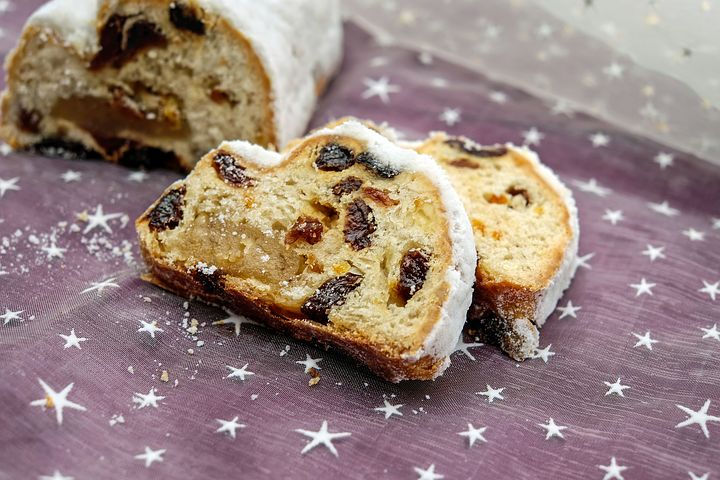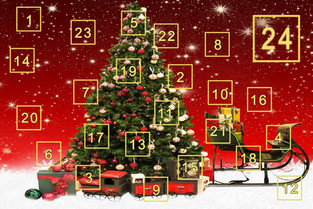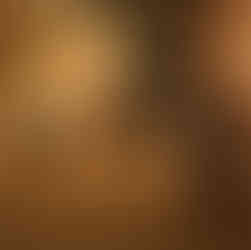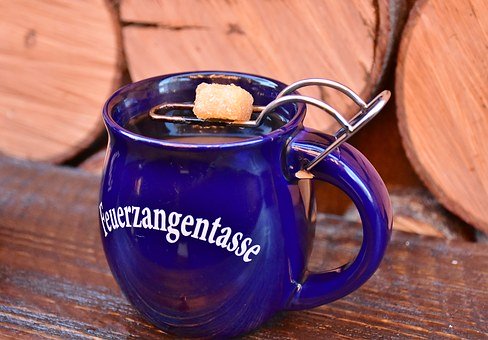Christmas in Germany (cont.)
- Yoshika Lowe
- Dec 23, 2019
- 6 min read
Updated: Dec 27, 2019
Christmas Today
Many German Christmas traditions are familiar to North Americans, because they came from the influence of German immigrants. One of these is the Christmas tree—which, despite popular tradition was not started by Martin Luther. Decorating a “Tannenbaum” in Germany dates back to at least 1550.

Christmas markets or Weihnachtsmärkte can be found in almost every large town in Germany, the larger the city, the more Christmas markets it will have. Christmas markets are also a thoroughly German tradition. The origins of Christmas markets (also called Kristkindlemarkts, Christkindlesmarkt, Christkindlmarket, Christkindlimarkt, and Weihnachtsmarkt) can be traced back to the Germanic parts of Europe during the Middle Ages. There are thousands of Kristkindlemarkts all over Germany during the Advent season. This tradition has spread to many other countries in Europe and the US.
Advent calendars of various types
Another tradition that originated in Germany is the Advent Calendar. This tradition is an important part of Christmas in Germany, Austria, Switzerland and Scandinavia. The first Advent calendar was printed in the early 1900s. German children gets an Advent calendar to countdown the four weeks to Christmas. Each day a window in the calendar is opened to reveal candy, parts of a story, a poem or a small gift. Advent calendars will be found in all the shops in Germany during the season, but many parents prefer to make their own. There are pocket calendars, paper bag calendars, envelope calendars, box calendars, even lebkuchen (gingerbread) cookie calendars. Actually, a quick search for “make your own advent calendar” on Google will turn up many, many cute and creative types of advent calendar.

The tradition of Advent wreaths was started by German Lutherans in the 16th century. The wreath is still an iconic part of German Christmas tradition. The wreath has four candles surrounded by greenery, pine cones, berries, dried flowers and Christmas ornaments. Usually the wreath is set out the first Sunday of Advent and one candle is burned every Sunday leading up to Christmas.
Although many Christmas traditions that western nations observe were borrowed from Germany/Austria, there are some traditions that are unique to Germany and are not generally a part of American tradition. One of these traditions is St. Nicholas Day (Sankt Nikolaus Tag). This holiday is an exciting holiday for children, as they clean and polish their boots to leave out for St. Nicholas. St. Nicholas fills their boots with nuts, candy and small gifts. Although in the US Santa Claus and St. Nicholas are the same name for one person, they are not the same in Germany. Sankta Nicholas is not just a secular figure as in the Americas. He is a saint—the Patron Saint of Children. December 6th is his Feast Day. Therefore, the night of December 5th is filled with the type of anticipation that children in the Americas feel on Christmas Eve.
St. Nicholas and Kramperl, Salzburg; Krampus looking for bad children, South Tyrol;
Four Kramperl , Salzburg
The antithesis of St. Nicholas in Germany would be Krampus. In Germany, Krampus the devil accompanies St. Nicholas to teach naughty children a lesson. In Southern Bavaria, men will dress in frightening Krampus costumes and patrol the streets on Krampus Nacht (Krampus Night). The Krampus attired men will drink a lot of alcohol, then chase bad children around and hit them with sticks. Krampus Nacht is on December 5th, the night before St. Nicholas Day. It can be likened to Halloween, but with no treats, only tricks—and beatings. The Krampus costume is usually made of a hand-carved wooden horned mask, and a sheep or goat skin suit. The Krampus costume is completed with cowbells worn around the hips.
Krampus is undoubtedly grounded in pre-Christian era traditions. However, the exact history is not clear given that druids did not keep written records of their doctrines. In recent years, Krampus has been popularized in the US by movies and funny memes. There are places in Austria and even in the US that have Krampus parades.
In some parts of Germany, as in many parts of the world, Christmas is celebrated until Epiphany (January 6th). This is called Das Dreikönigsfest (‘three kings festival’). During this time, children dress as the Magi and go door to door singing carols. Called Sternsinger or ‘star singer,’ they will request donations to give to various children’s causes.
Feuerzangenbowle: Glühwein with flaming sugarloaf and mug of Feuerzangenbowle
No German Christmas celebration is complete without Glühwein (mulled wine). Sold in ceramic mugs, Glühwein is sold in stalls at every Christmas market in Germany. Another uniquely Germany tradition in the way of hot drinks is the Feuerzangenbowle. The Feuerzangenbowle is a potent German Christmas beverage that is as enjoyable to see as to drink. A rum soaked sugarloaf is set on fire and drips into mulled wine. There is also a cult German movie called Die Feuerzangenbowle (1944), which traces the hilarious deeds of a middle-aged man under the influence of Feuerzangenbowle.
Christmas angels are the most popular Christmas ornaments in Germany. They are used to decorate Christmas trees and placed all around the house at Christmas time. They are usually made of wood, depicted as playing their musical instruments. One can expect to see thousands of these in any Christmas market in Germany.

Finally, German Christmas desserts. Stollen, gingerbread, lebkuchen, zimstern are the most popular and most famous. Stollen, is considered one of the best Christmas desserts in the world. Although fruit cake has fallen out of popularity in the US, and is often the brunt of jokes, stollen is a very popular and delicious type of fruit cake. The most famous stollen, and considered the best version of stollen is made in Dresden, Germany and is called Dresdner Stollen. It is full of nuts and fruit and is sure to change your mind about the term 'fruitcake.' Stollen is shaped with tapered ends and a ridge down the center, symbolizing the Baby Jesus in swaddling clothes.

Christmas cookies are a must in Germany during the season. Lebkuchen are traditional German gingerbread cookies. They contain honey, a number of spices, and nuts, and can be soft or hard, sweet, or spicy, and with or without icing. Though it is traditionally a Christmas cookie, Lebkuchen is often sold in fairs, festivals and souvenir shops across Germany. The heart shaped ones come in various sizes and have affectionate, sarcastic or obscene messages written on them in icing. Zimstern is another essential part of Christmas dessert in Germany. Zimsterne, or 'cinnamon star' cookies are made almost entirely of ground nuts – traditionally almonds but also commonly combined with hazelnuts. A southern German specialty, they feature a white hard frosting made from sugar and egg white.

And, what list of German Christmas goodies would be complete without the world famous gingerbread house? The tradition of making decorated gingerbread houses started in Germany in the early 1800s. Some sources believe the first gingerbread houses were the result of the well-known Grimm's fairy tale "Hansel and Gretel." After the book was published, German bakers began baking ornamented fairy-tale houses of lebkuchen. Some food historians believe that the Grimm brothers were writing about this confectionery because it already existed.

The traditional German Christmas meal features duck, goose, rabbit or a roast. The entree may be accompanied by German apple and sausage stuffing, red cabbage and potato dumplings, followed by dessert. 'Frohe Weihnacten' is Merry Christmas in German!
Prayer Point
Sixty-four percent of Germans claim Christianity. However, many believe that religion is irrelevant. Humanism, secularism, and skepticism are pervasive. Only fourteen percent of Germans actually attend church, and only about two percent claim Jesus as Savior. Due to the enormous influx of immigrants, Germany and France now have the largest Muslim populations in Europe, with roughly five million Muslims in Germany alone. Most come from nations where they had little to no access to the gospel; the opportunities are unprecedented. Growing grassroots prayer movements, house churches, and evangelical initiatives have the potential to reach not only the majority of Germans who are spiritually lost, but the growing Muslim population as well.
Pray for a second Reformation to make the Church culturally relevant and Biblically sound
Pray for a spiritual awakening among the youth, most of whom have little knowledge of the Bible or issues of faith
Pray for wisdom, compassion, and provision as the nation receives and assimilates historic numbers of migrants.
#Germany #refugees #zimsterne #lebkuchen #stollen #tannenbaum #martinluther #christmasmarket #kristkindlmarkt #christkindlemarkt #adventcalendar #adventwreath #krampus #krampusnight #krampusnacht #krampusparade #stnicholas #stnicholasday #gingerbread #gingerbreadhouse



































Comments